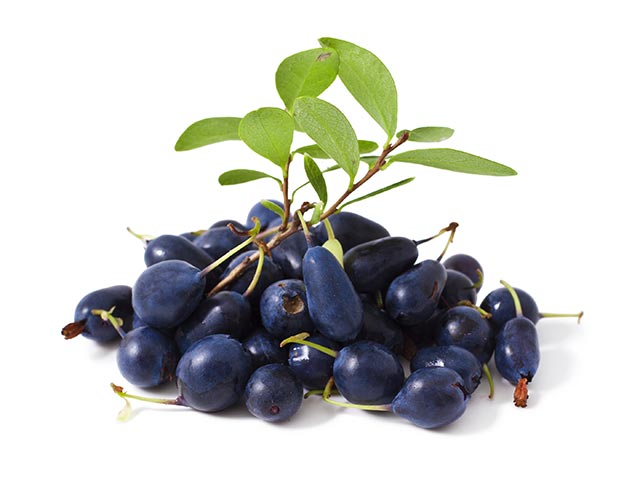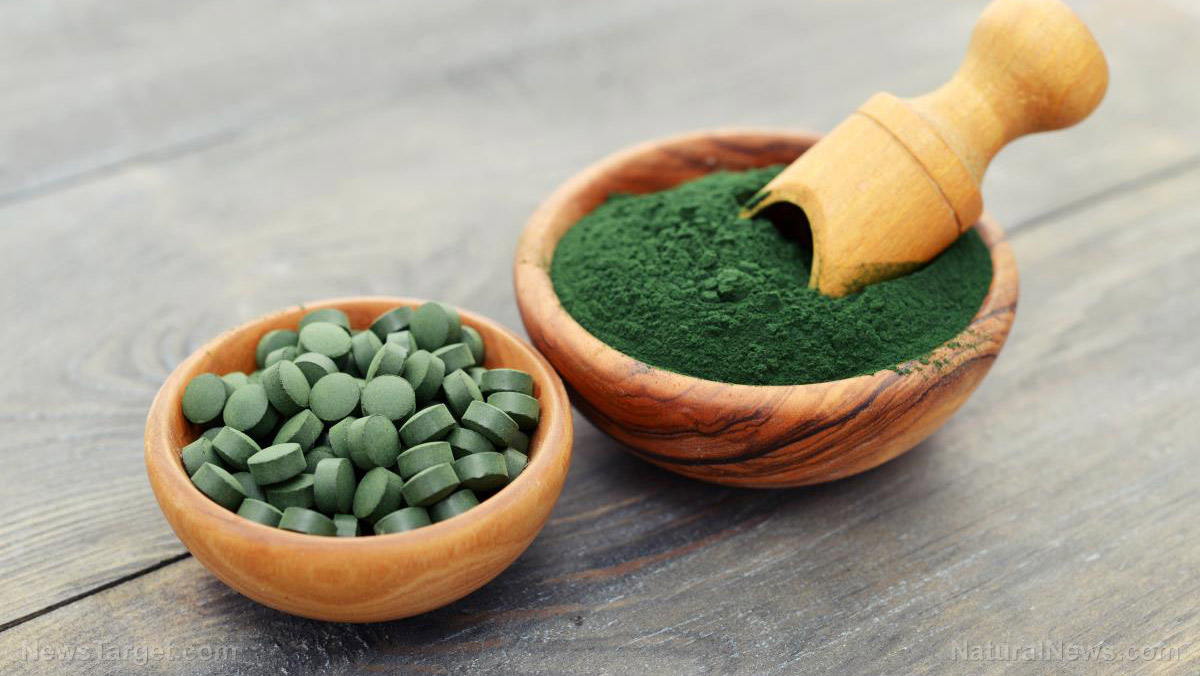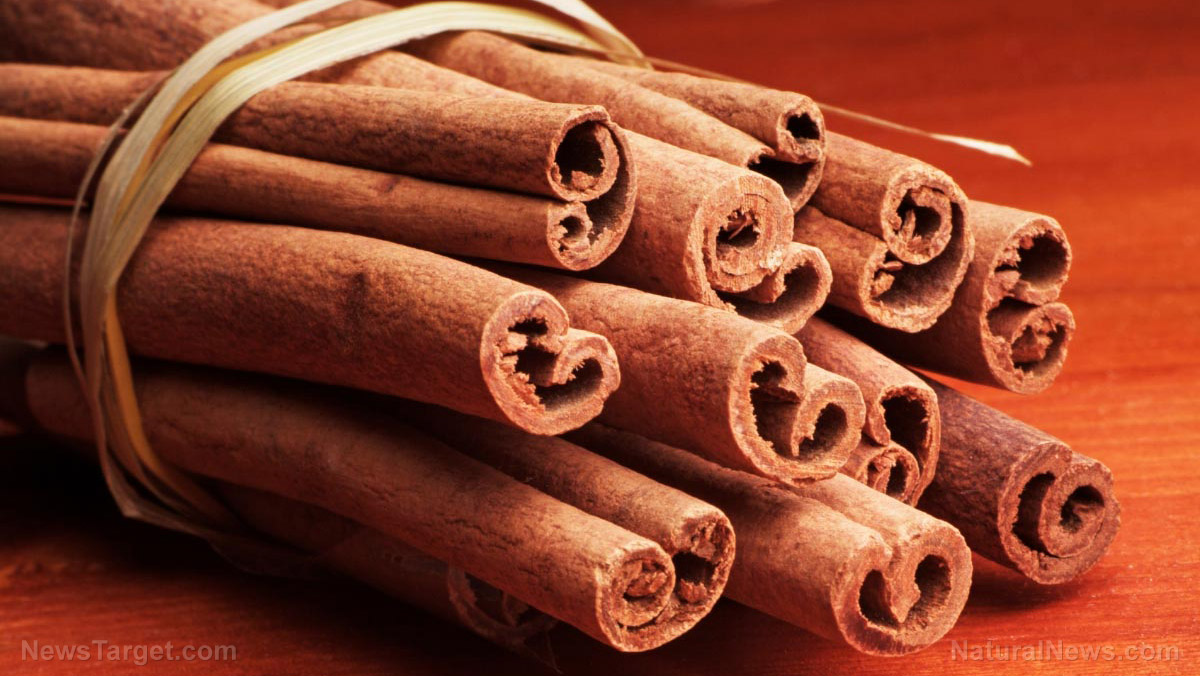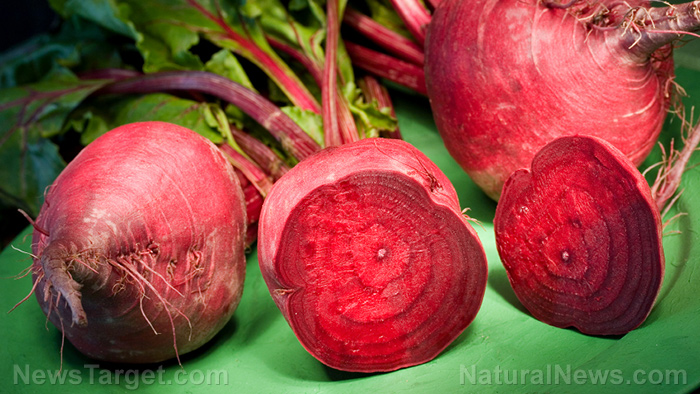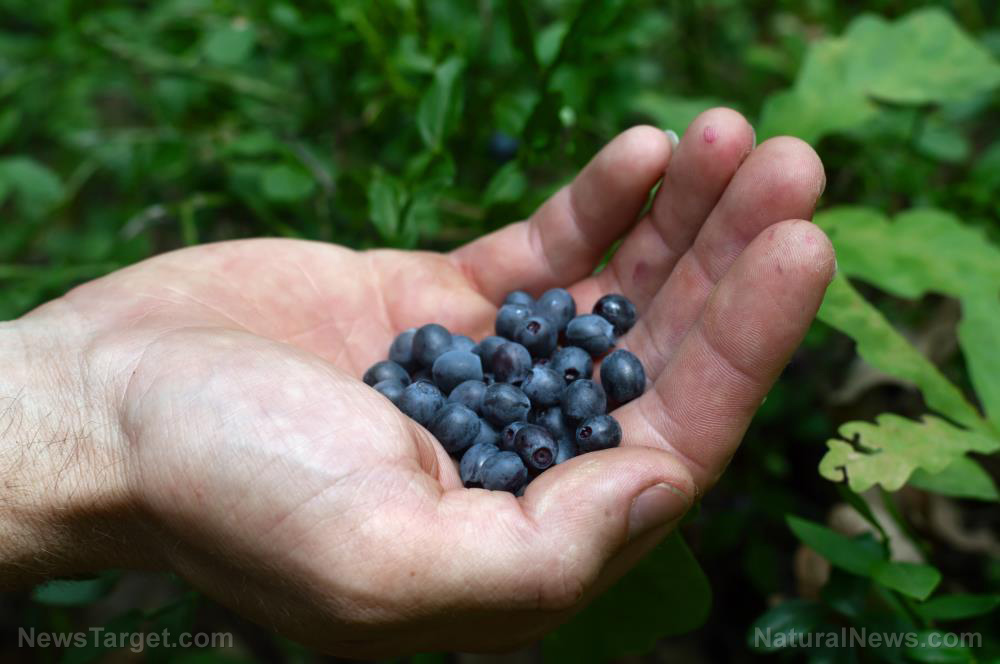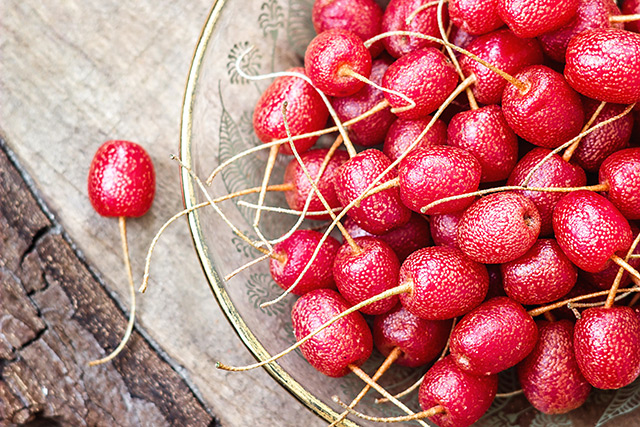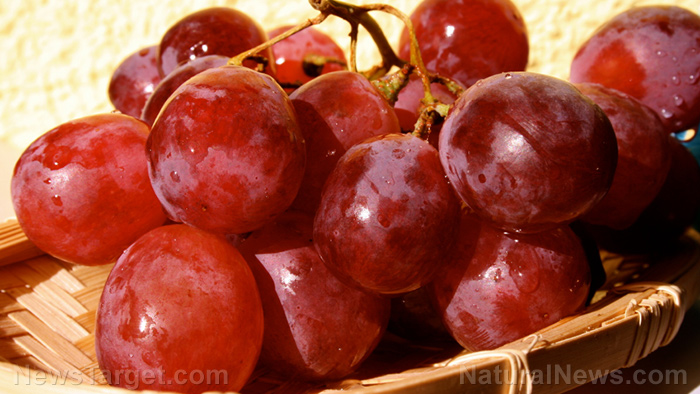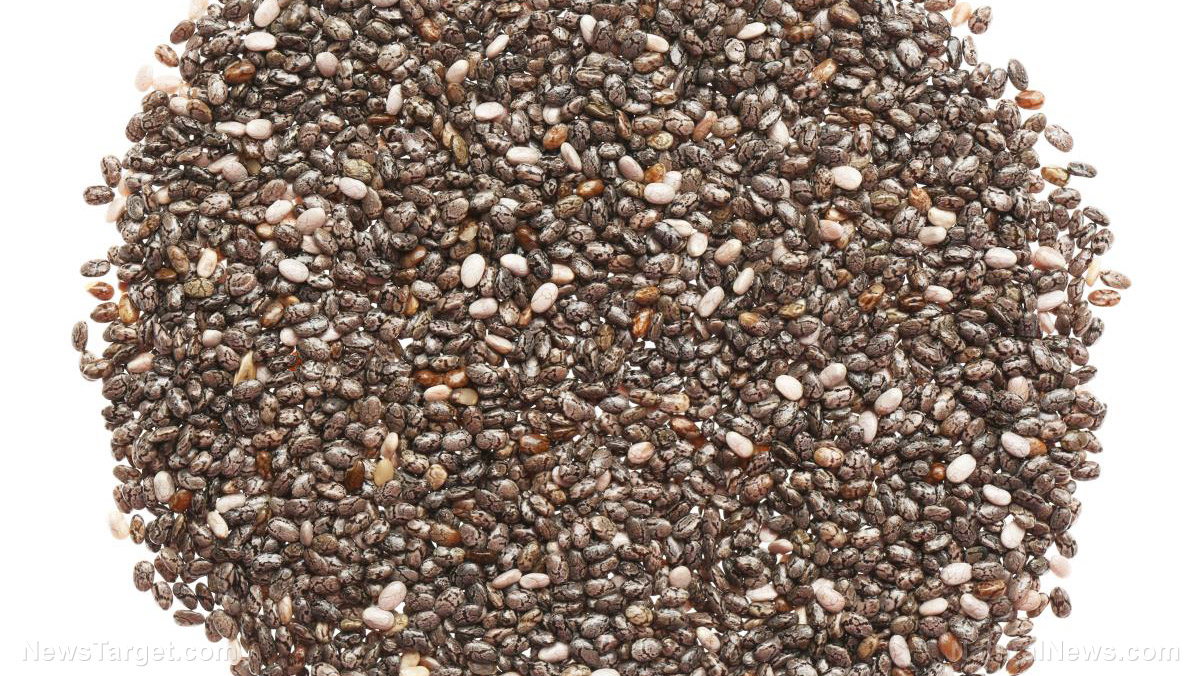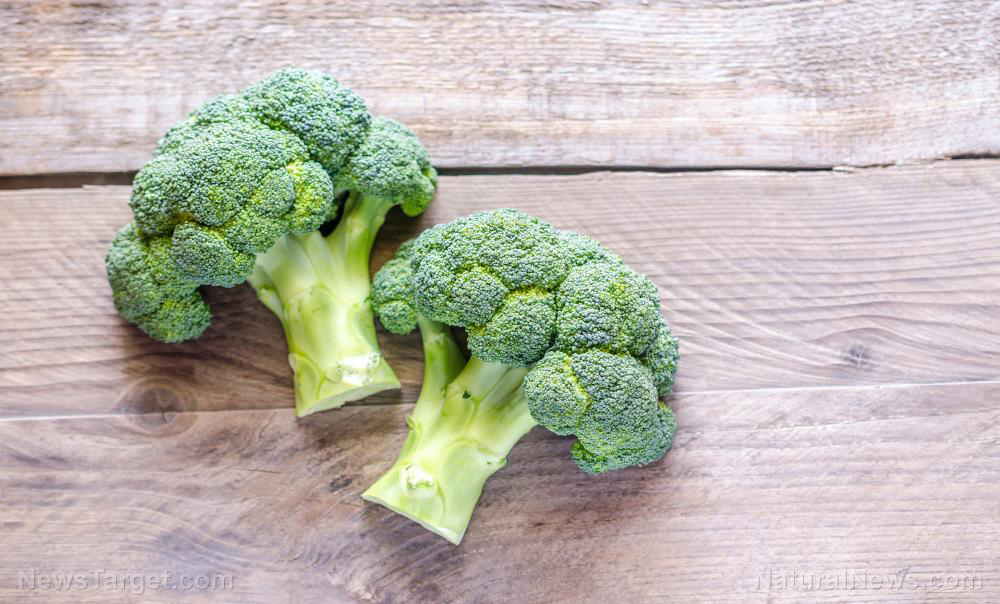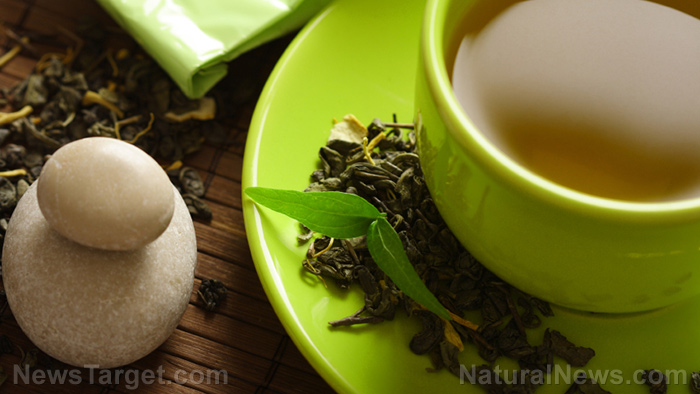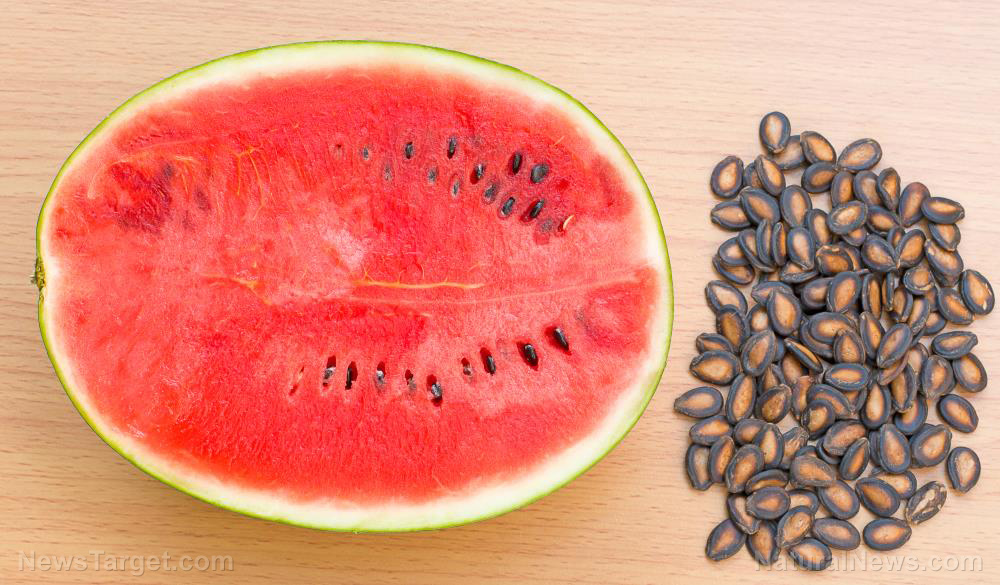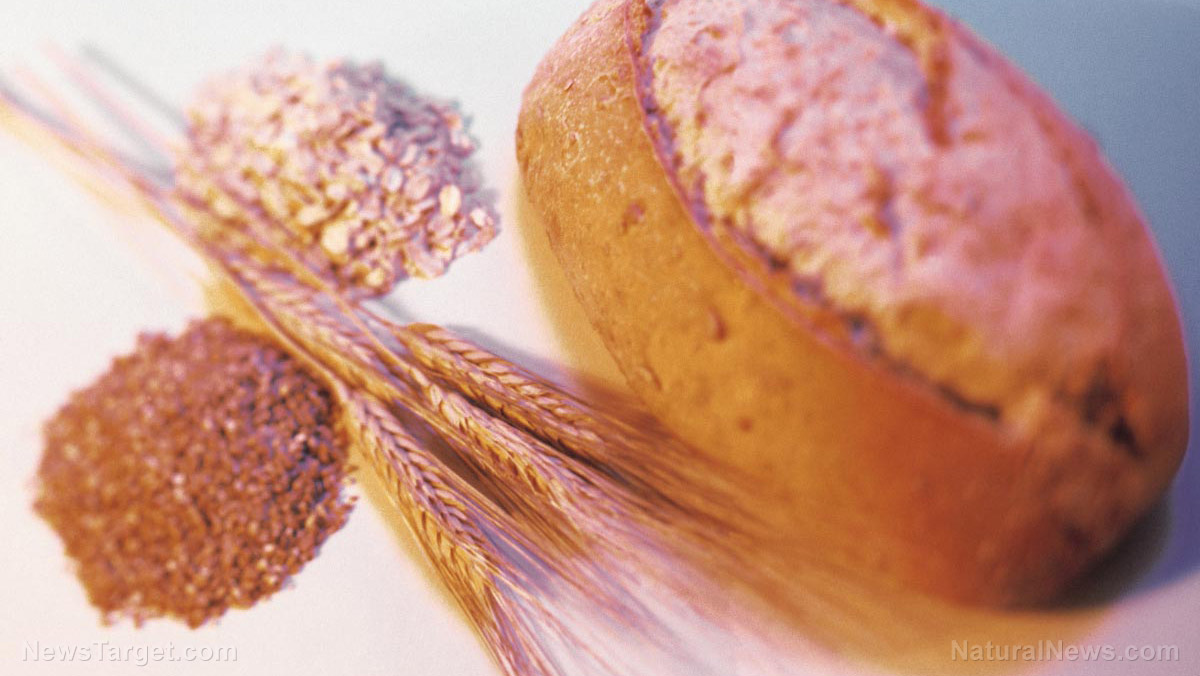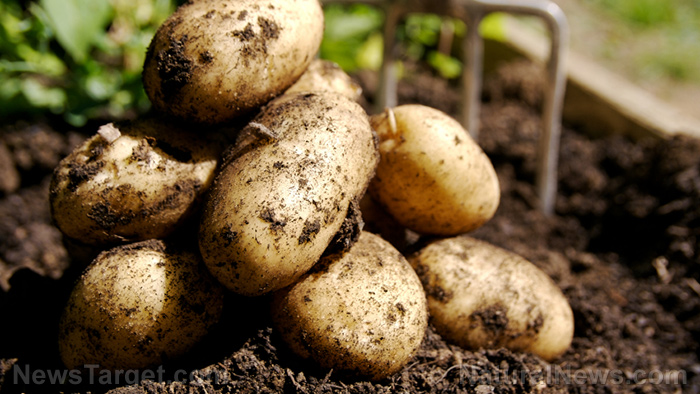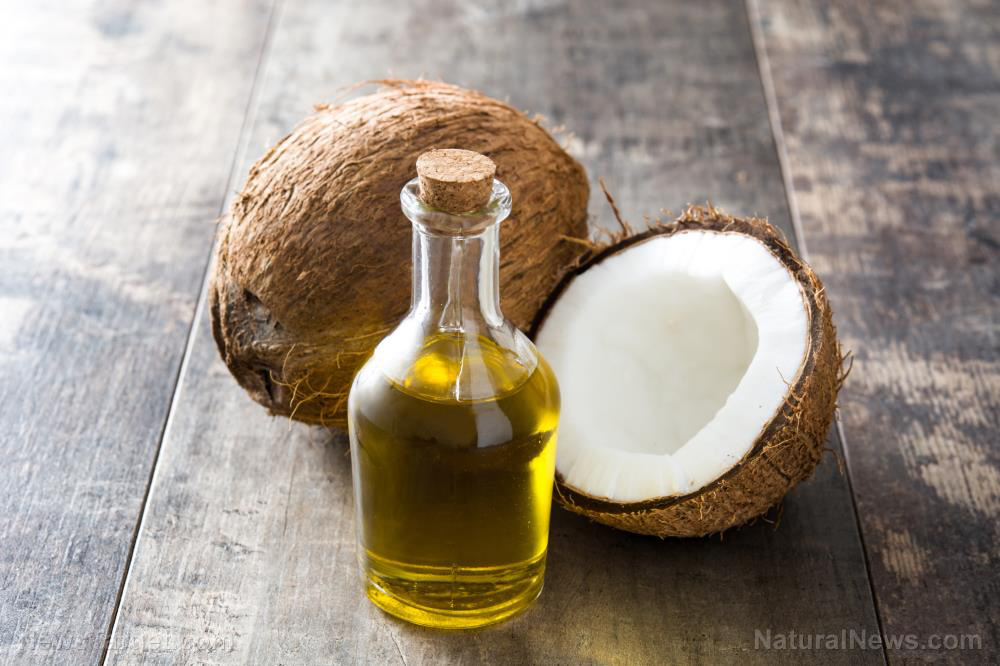Fruit of Ceylon ironwood found to have potent antioxidant properties
05/13/2019 / By Evangelyn Rodriguez
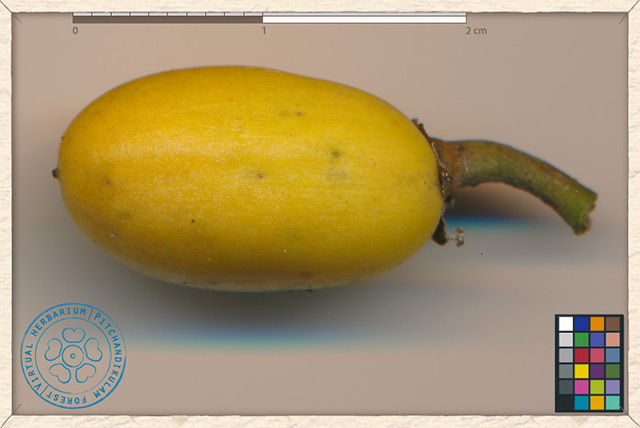
The fruit of the evergreen tree Manilkara hexandra Dubard (commonly known as Ceylon ironwood) is not well-studied so researchers from India decided to analyze its chemical components for potential health benefits. The fruit proved to be a good source of flavonoids and phenolic compounds which have antioxidant activity, as shown in their study published in the journal Food Science and Human Wellness.
- The researchers extracted phenolic compounds and flavonoids from the pulp and seeds of the ceylon ironwood fruit using methanol as extraction solvent.
- Phenolic content was measured using Folin-Ciocalteu reagent which is often used for colorimetric assays of phenolic antioxidants; flavonoid content was determined based on absorbance readings.
- LC-MS/MS (liquid chromatography-mass spectrometry) was used to confirm and quantify the major compounds found in the pulp (gallic acid, quercetin, and kaempferol) and seeds (gallic acid, quercetin, and vanillic acid).
- Gallic acid was found to be the predominant phenolic compound in the fruit, followed by catechol, ferulic acid, vanillic acid and coumaric acid.
- The most abundant flavonoid in the fruit was kaempferol, followed by quercetin, epigallocatechin and catechin.
- Gallic acid reportedly has anticancer activities while quercetin and catechins are powerful antioxidants that scavenge free radicals and protect against lipid degradation.
- Upon comparing the phenolic and flavonoid content of the fruit pulp and the seeds, the researchers identified the pulp as a better source of antioxidants.
Based on their results, the authors concluded that the fruit of the tree M. hexandra D., which is native to South Asia, is a good source of antioxidants and that regular consumption of the rayan fruit will be beneficial to a person’s health.
Get to know more amazing fruits and why they are good for your health by visiting Fruits.news.
Journal Reference:
Parikh B, Patel V. QUANTIFICATION OF PHENOLIC COMPOUNDS AND ANTIOXIDANT CAPACITY OF AN UNDERUTILIZED INDIAN FRUIT: RAYAN [MANILKARA HEXANDRA (ROXB.) DUBARD]. Food Science and Human Wellness. March 2017;6(1):10–19. DOI: 10.1016/j.fshw.2016.11.002
Tagged Under:

